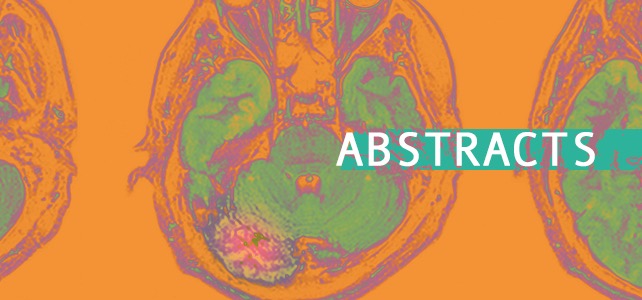Comparison of clipping and coiling in elderly patients with unruptured cerebral aneurysms.
Abstract
OBJECTIVE The comparative effectiveness of the 2 treatment options-surgical clipping and endovascular coiling-for unruptured cerebral aneurysms remains an issue of debate and has not been studied in clinical trials. The authors investigated the association between treatment method for unruptured cerebral aneurysms and outcomes in elderly patients. METHODS The authors performed a cohort study of 100% of Medicare fee-for-service claims data for elderly patients who had treatment for unruptured cerebral aneurysms between 2007 and 2012. To control for measured confounding, the authors used propensity score conditioning and inverse probability weighting with mixed effects to account for clustering at the level of the hospital referral region (HRR). An instrumental variable (regional rates of coiling) analysis was used to control for unmeasured confounding and to create pseudo-randomization on the treatment method. RESULTS During the study period, 8705 patients underwent treatment for unruptured cerebral aneurysms and met the study inclusion criteria. Of these patients, 2585 (29.7%) had surgical clipping and 6120 (70.3%) had endovascular coiling. Instrumental variable analysis demonstrated no difference between coiling and clipping in 1-year postoperative mortality (OR 1.25, 95% CI 0.68-2.31) or 90-day readmission rate (OR 1.04, 95% CI 0.66-1.62). However, clipping was associated with a greater likelihood of discharge to rehabilitation (OR 6.39, 95% CI 3.85-10.59) and 3.6 days longer length of stay (LOS; 95% CI 2.90-4.71). The same associations were present in propensity score-adjusted and inverse probability-weighted models. CONCLUSIONS In a cohort of Medicare patients, there was no difference in mortality and the readmission rate between clipping and coiling of unruptured cerebral aneurysms. Clipping was associated with a higher rate of discharge to a rehabilitation facility and a longer LOS.
KEYWORDS:
AD = adjusted difference; FFS = fee-for-service; HRR = hospital referral region; IPW = inverse probability weighting; ISAT = International Subarachnoid Aneurysm Trial; IV = instrumental variable; LOS = length of stay; Medicare; ZIP = Zone Improvement Plan; cerebral aneurysms; clipping; coiling; instrumental variable; vascular disorders
- PMID:
- 27203150
- PMCID:
- PMC5116411
- [Available on 2017-11-20]
- DOI:
- 10.3171/2016.1.JNS152028


